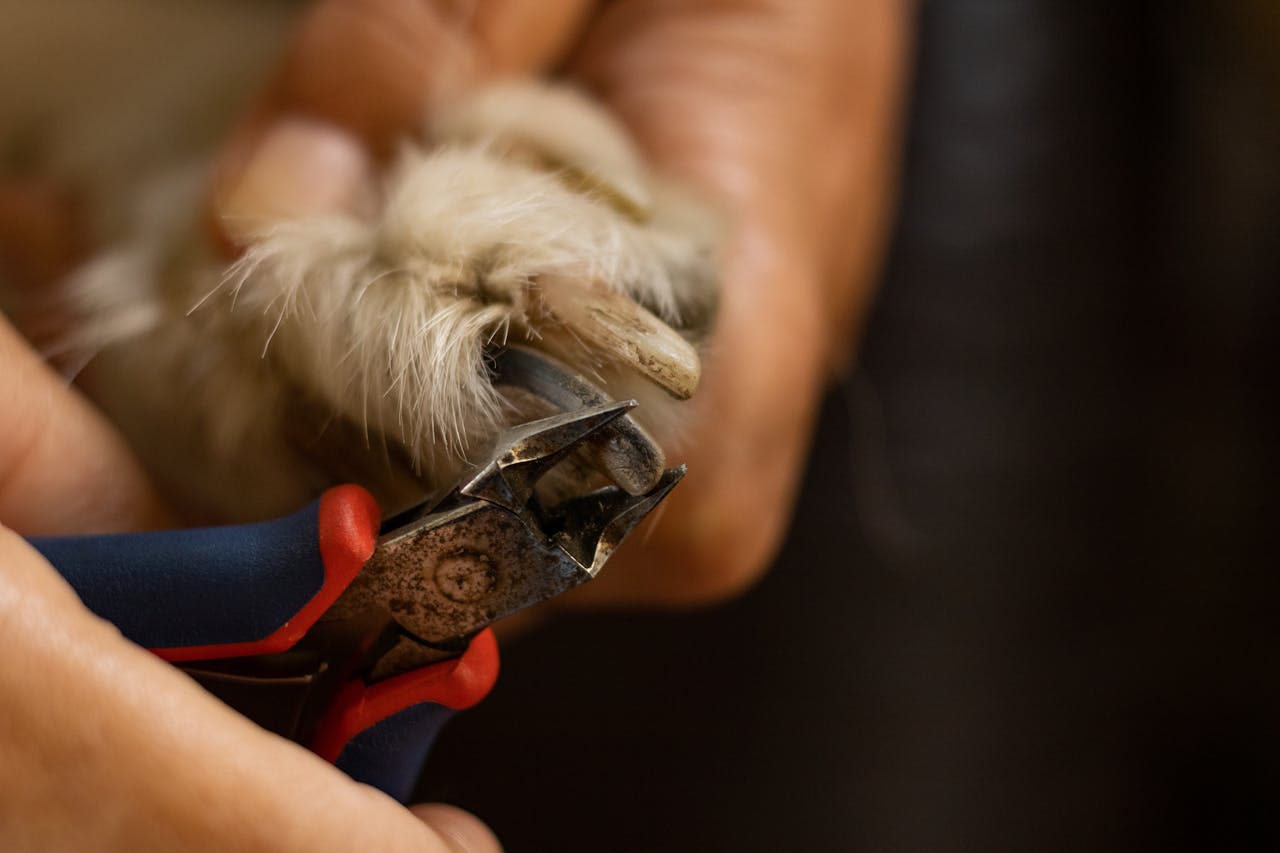As a pet owner, one of the scariest moments is seeing your furry friend in pain. One common issue that can cause significant discomfort for dogs is a broken nail. While it might seem minor, a broken nail can lead to severe pain, bleeding, and infection if not properly treated. Here’s a comprehensive guide on what to do when your dog breaks their nail.
Recognizing a Broken Nail
The first step in addressing a broken nail is recognizing the signs. Dogs are typically very active, and a broken nail can occur during play, while running, or even from simple activities like digging. Here are some signs that your dog may have a broken nail:
- Limping: If your dog is favoring one paw or limping, it may indicate a nail injury.
- Licking the Paw: Dogs often lick their wounds to soothe pain. Excessive licking of a specific paw is a red flag.
- Visible Blood: Blood on the floor, in your dog’s bedding, or on their paw is a clear indicator of a broken nail.
- Swelling: Swelling around the toe or nail can signal a break or infection.
- Sensitivity: If your dog pulls away or whines when you touch their paw, it may be due to a painful nail injury.
Immediate Steps to Take
When you notice that your dog has a broken nail, it’s crucial to act quickly to minimize pain and prevent infection. Here are the immediate steps you should take:
- Stay Calm and Keep Your Dog Calm: Dogs can sense your anxiety, which can make them more agitated. Stay calm to help your dog feel secure.
- Restrain Your Dog Safely: To examine and treat the injury, you need to keep your dog still. Use a muzzle if necessary to prevent biting, and have someone help you hold your dog gently but firmly.
- Inspect the Injury: Check the nail to determine the extent of the damage. Look for any visible bleeding, the location of the break (whether it’s at the tip or closer to the nail bed), and if there’s any part of the nail still attached.
- Stop the Bleeding: If the nail is bleeding, use a styptic powder, cornstarch, or flour to help stop the bleeding. Apply gentle pressure with a clean cloth or gauze.
- Trim the Nail: If the broken part of the nail is hanging loosely, carefully trim it off using dog nail clippers. Be cautious not to cut too close to the quick, the sensitive area inside the nail.
- Clean the Wound: Gently clean the affected area with warm water or a pet-safe antiseptic solution to prevent infection.
- Bandage the Paw: If the nail is severely broken or the bleeding doesn’t stop, bandage the paw to protect the wound. Use a non-stick pad and wrap it with a bandage or vet wrap, but not too tightly.
Follow-Up Care
After taking initial steps, it’s essential to follow up with proper care to ensure your dog’s paw heals completely. Here’s what you should do:
- Monitor for Infection: Keep an eye on the injury for signs of infection, such as redness, swelling, or pus. If you notice any of these symptoms, consult your veterinarian immediately.
- Limit Activity: To allow the nail to heal, limit your dog’s physical activity. Avoid long walks, running, or rough play until the nail is fully healed.
- Change Bandages Regularly: If you’ve bandaged your dog’s paw, change the bandage daily or if it gets wet or dirty. Keeping the area clean is crucial to prevent infection.
- Pain Relief: If your dog appears to be in pain, consult your veterinarian about appropriate pain relief options. Never give human pain medication to your dog without veterinary guidance.
- Visit the Vet: Severe nail breaks or injuries that don’t heal properly require professional veterinary care. Your vet can trim the nail correctly, provide antibiotics if there’s an infection, and offer pain management solutions.
Preventing Future Nail Injuries
Prevention is always better than cure. While it’s impossible to prevent all accidents, you can take steps to minimize the risk of nail injuries:
- Regular Nail Trimming: Keep your dog’s nails trimmed to a proper length. Long nails are more prone to breaking and can cause discomfort when walking.
- Use Appropriate Tools: Invest in good quality dog nail clippers or a grinder, and learn the correct technique to trim nails safely.
- Provide Safe Play Areas: Ensure your dog’s play areas are free of sharp objects and hazards that could cause injuries.
- Regular Vet Check-Ups: Regular veterinary check-ups can help identify any underlying issues that might make your dog more prone to nail injuries, such as brittle nails or health conditions affecting nail strength.
Conclusion
A broken nail can be a painful and stressful experience for both you and your dog. By acting promptly and following the proper steps, you can ensure your dog’s injury heals quickly and reduces the risk of complications. Always keep a first-aid kit handy for such emergencies and consult your veterinarian when in doubt. With proper care and attention, your furry friend will be back to their happy, playful self in no time.
